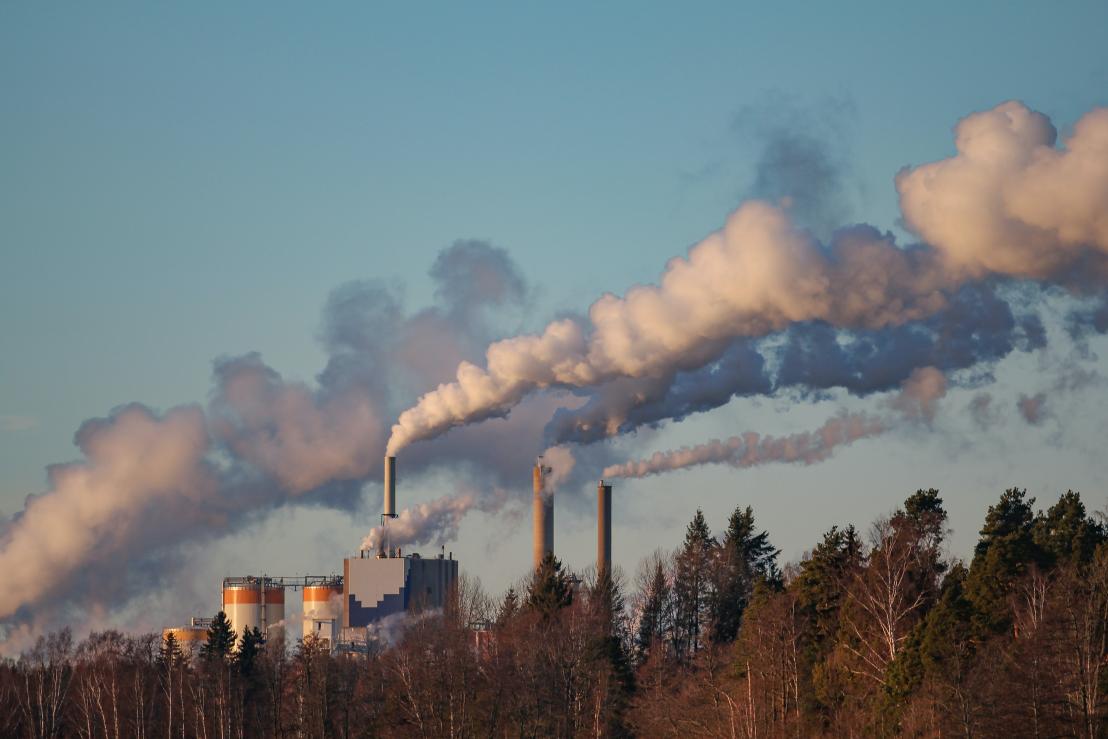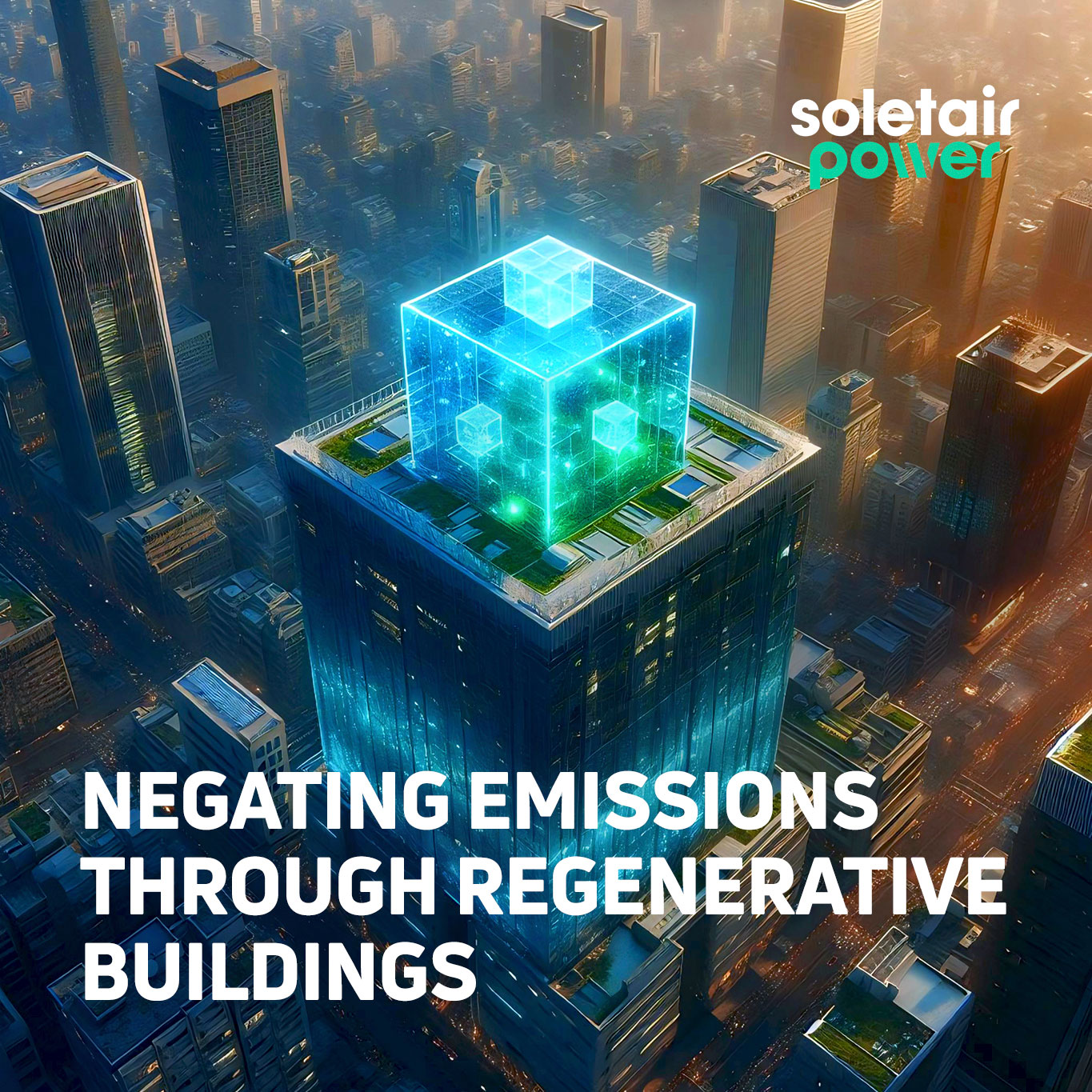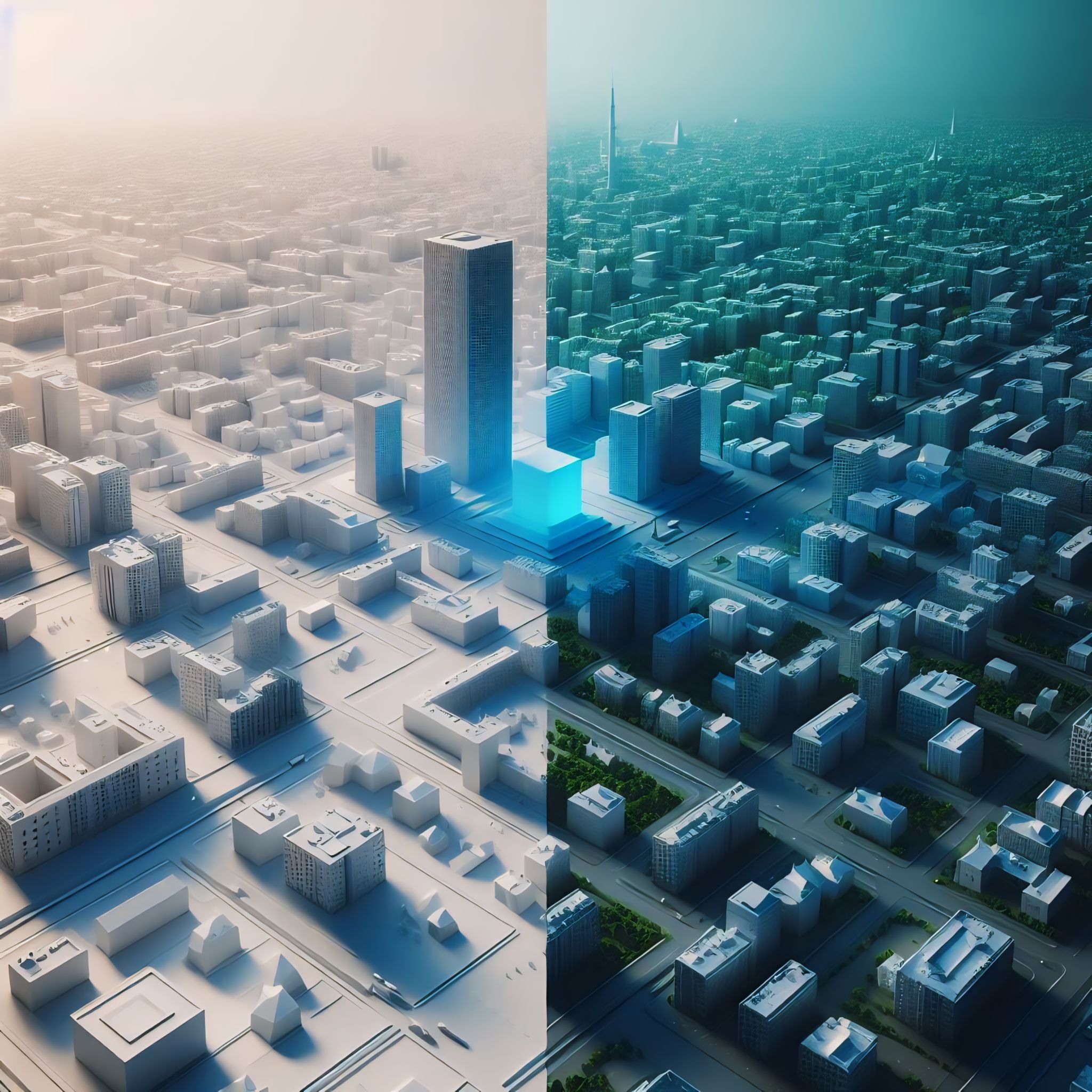CO2 exposure can have a range of health effects. These may include low cognitive performance score, decision-making problems, headaches, dizziness, restlessness, tingling sensations, difficulty breathing, sweating, tiredness, increased heart rate, elevated blood pressure, asphyxia, coma and convulsions. We cannot live without CO2; without CO2, plants will die off, and without plants, the earth’s biological food chain would be terminally broken. However, elevated level of CO2 is now causing climate change as it traps heat. High CO2 indoors has proven negative effects on the human brain. See CO2 in bedrooms and offices may affect cognition and cause kidney and bone problems (The Guardian).
We need to remove CO₂ because our activities have increased the concentration of carbon dioxide in our atmosphere, amplifying Earth’s natural greenhouse effect. Countries will need to remove a billion tonnes of CO₂ from the atmosphere by 2025, if the Paris target is to be met, and more than one billion tonnes annually thereafter. More than 190 countries have already signed the Paris agreement designed to limit global warming to 1.5 degrees Celsius, but even with pledges of big reductions in emissions, many scientists believe carbon dioxide removal technologies will be needed to meet the goal.
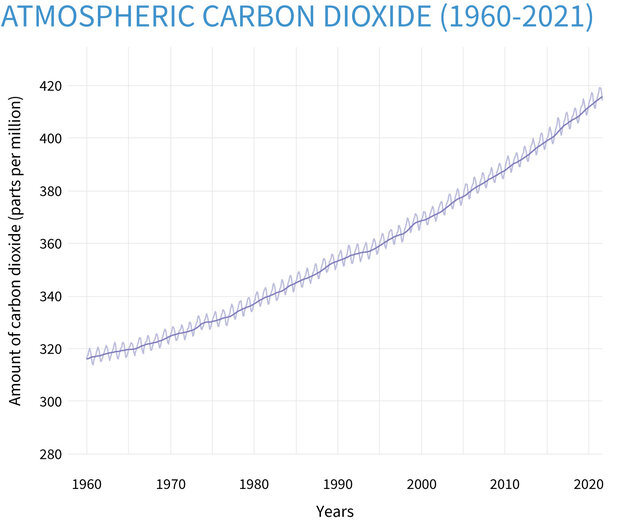
Below are some frequently asked questions about how carbon dioxide can affect us.
Carbon Dioxide – FAQ
Frequently Asked Questions about Carbon Dioxide in buildings, sources of emissions, and ways of reducing emissions and CO2 exposure.
Due to its molecular structure, CO2 absorbs and emits infrared radiation trapping heat and this is the core reason for climate change. Extreme weather, food supply disruptions, and increased wildfires are other effects of climate change caused by high CO2 and other greenhouse gases.
Carbon dioxide or CO2 is an essential part of the cycle of life. Without CO2, plants will die off, and without plants, the earth’s biological food chain would be terminally broken. We cannot live without carbon dioxide.
China is the world’s largest contributor to CO2 emissions — 28% with 9.9 billion metric tons followed by the United States (15% with 4.7 billion metric tons), India (7% with 2.3 billion metric tons), Russia (5% with 1.6 billion metric tons) and Japan (3% with 1.1 billion metric tons).
Industrial burning of fossil fuels for electricity, heat and transportation is the largest single source of global GHG emissions. Transportation, electricity production, industry and commercial and residential buildings — are some of the main sources of emissions.
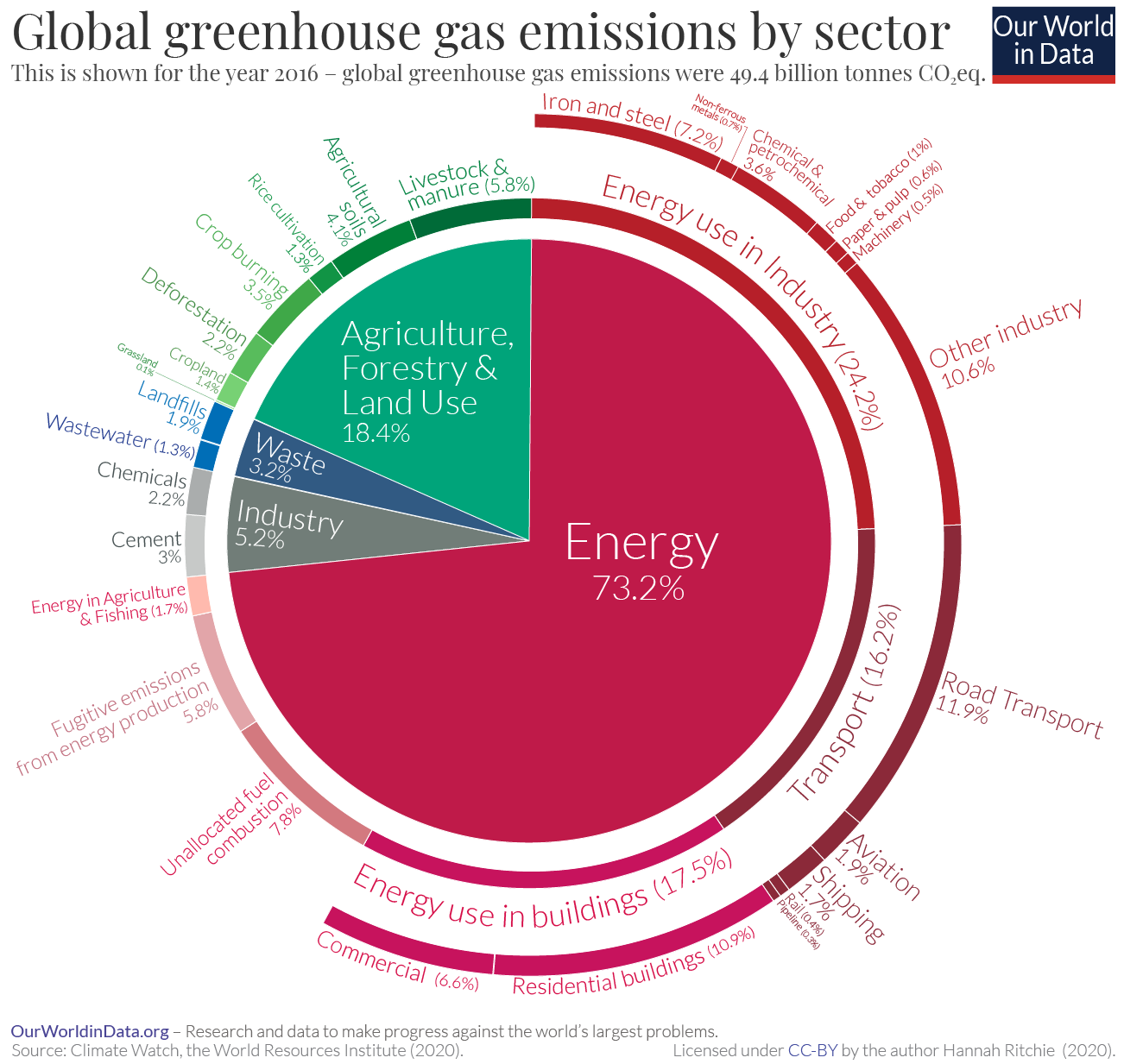
The CO2 concentration in each breath exhaled is 4% whereas CO2 concentration in ambient air is 0.04%. So, about 100 times more CO2 is exhaled with each breath than is inhaled. The average human exhales about 2.3 pounds of carbon dioxide on an average day. The exact quantity depends on the activity level. A person engaged in vigorous exercise produces up to eight times more CO2. CO2 exhaled by humans is nothing compared to the CO2 emitted from burning fossil fuels.
400 – 1,000 ppm: typical level found in occupied spaces with good air exchange.
1,000 – 2,000 ppm: level associated with complaints of drowsiness and poor air.
2,000 – 5,000 ppm: level associated with headaches, sleepiness, and stagnant, stale, stuffy air.
Source: https://dhs.wisconsin.gov/chemical/carbondioxide.htm
Carbon dioxide is required for plants to grow. CO2 is commercially used as a refrigerant, in fire extinguishers, for inflating life rafts and life jackets, blasting coal, foaming rubber and plastics, promoting the growth of plants in greenhouses, immobilizing animals before slaughter, and in carbonated beverages. Carbon dioxide is also used for Enhanced Oil Recovery and in the production of Cement and Synthetic fuel.
While carbon dioxide isn’t hazardous in small amounts, too much of it might disrupt your sleep. Too much carbon dioxide can disturb your REM (rapid eye movement) cycles, making it harder to wake up and leaving you feeling drowsy.
For every 400 ppm increase, there’s a 20% reduction in cognitive performance score. So, high CO2 indoors is bad for our brains. But CO2 becomes more dangerous at levels above 5,000 ppm; above this level, CO2 can cause asphyxiation as it replaces oxygen in the blood. Exposure to concentrations around 40,000 ppm is immediately dangerous to life and health.
Exposure to CO2 can produce a variety of health effects. These may include trouble concentrating or thinking clearly, headaches, dizziness, restlessness, tingling feeling, difficulty breathing, sweating, tiredness, increased heart rate, elevated blood pressure, coma, asphyxia, and convulsions.
Symptoms of exposure to too much carbon dioxide are:
Drowsiness
Headaches
Trouble concentrating or thinking clearly
Dizziness or disorientation
Shortness of breath
Hyperventilation
Extreme fatigue
Carbon dioxide build-up in the rooms in buildings such as bedrooms, meeting rooms, conference rooms, schools, or offices, either from the gas being drawn up from the soil or from the human activities inside the building. High levels of carbon dioxide will appear inside the room if it has poor ventilation and the indoor air doesn’t circulate properly.
Yes. CO2 from fire extinguishers can be toxic if used in a small, poorly ventilated area. Inhalation of concentrated CO2 causes the same symptoms as not having enough oxygen, including difficulty breathing, dizziness, and loss of consciousness. Anyone exposed to concentrated CO2 should seek fresh air immediately.
No. Air purifiers don’t help in reducing carbon dioxide levels in a room as they cannot capture Carbon dioxide. So in an office with no ventilation and a lot of people working in cramped spaces, carbon dioxide levels can rise rapidly. You will need CO2 capture devices to lower the CO2 in buildings or offices.
If the outside air is fresh, improving the ventilation will lower CO2 levels in the building. Opening the windows can also help. However indoor plants will not help much as it would take 400 small plants in a room just to offset one single human. If the outside air is too hot, too cold, dirty, or concentrated with already high CO2 — then it’s better to install an HVAC Integrated CO2 Capture System. This will capture only the CO2 gas from the air and ensure CO2-lean fresh air for the people in the building.
If the outside air is fresh, just opening the windows can also help. If the outside air is too hot, too cold, dirty, or concentrated with already high CO2 — then it’s better to get an Indoor CO2 Capture Unit. This will capture CO2 from the air during a predefined time and ensure CO2-lean fresh air for the people in the room. However, unlike Ventilation Integrated CO2 Capture Systems (which can permanently capture CO2), the Indoor CO2 Capture Unit needs to release the captured CO2 at another time when there’s no one at home.
Lowering our carbon footprint can help contribute to the overall reduction of greenhouse gas emissions. Whether it’s cleaner air, a healthier diet, or reduced energy bills, these benefits of reducing your carbon footprint also mean you’re doing your bit to combat climate change. Also capturing CO2 from the air and then permanently storing it in the form of a long-lived product will reduce the concentration of carbon dioxide directly from the air. Our outdoor CO2 capture unit is capturing CO2 from the air in Duisburg, Germany.

